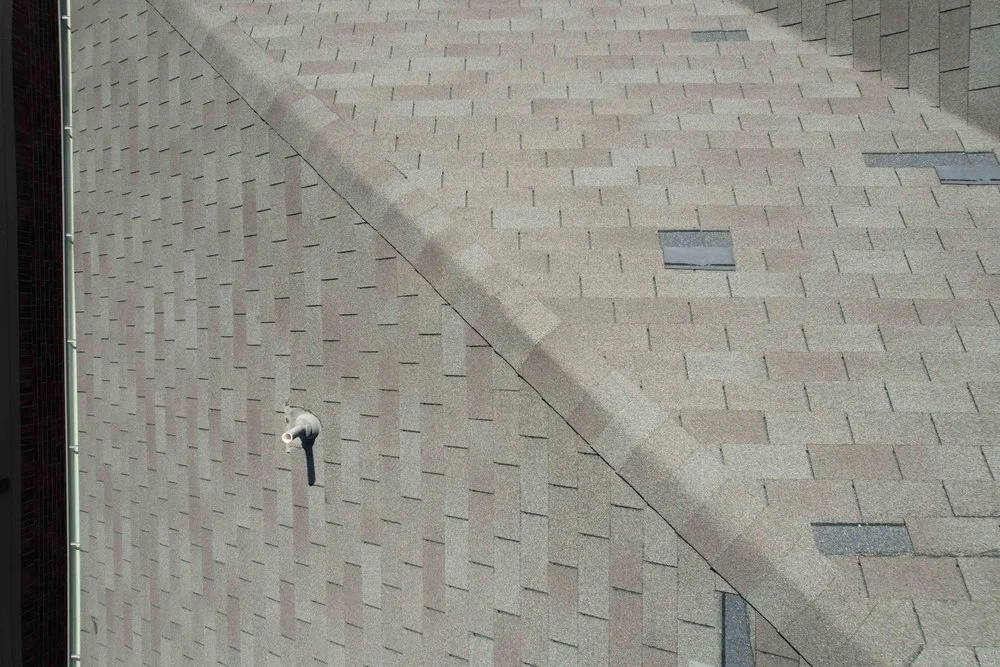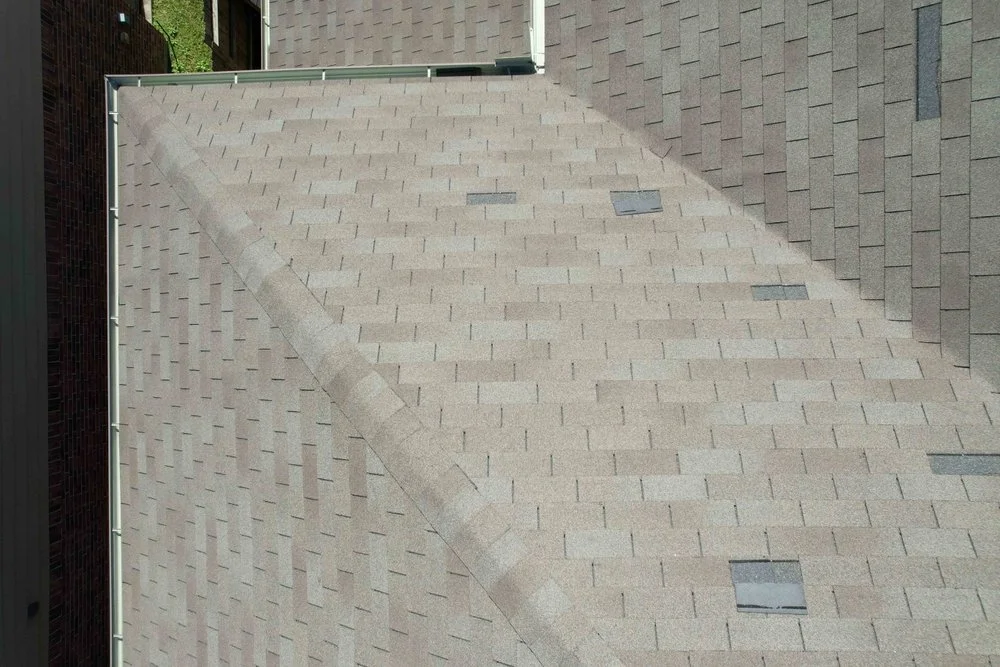Know Your Roof Condition? NO, YOUR ROOF CONDITION!
By taking a proactive approach to roof maintenance, you can protect your home, save money on insurance premiums, and ensure that you're adequately covered in the event of damage. Don't wait until a problem arises – invest in regular inspections and maintenance to keep your roof in top condition.
Your roof is your home's first line of defense against the elements. It protects you, your family, and your belongings from rain, snow, wind, and sun. But did you know that the condition of your roof can also significantly impact your homeowner’s insurance? Understanding this connection can save you money and prevent potential headaches down the road.
Tips for Proactive Homeowners
Here are some tips to help you maintain your roof and protect your insurance coverage:
• Regular Inspections: Inspect your roof at least twice a year, especially after severe weather.
• Professional Maintenance: Hire a qualified roofing contractor for regular maintenance and repairs.
• Address Issues Promptly: Repair any leaks, damaged shingles, or other issues immediately.
• Keep Records: Maintain records of all inspections, repairs, and maintenance work.
• Communicate with Your Insurer: Inform your insurer of any significant roof repairs or upgrades.
Insurance companies assess risk when determining your premiums and coverage. A damaged or poorly maintained roof presents a higher risk of leaks, structural damage, and potential claims. Factors that influence a roof's condition include:
• Age: Most roofs have a lifespan of 20-30 years, depending on the material.
• Materials: Different materials (asphalt shingles, tile, metal) have varying lifespans and durability.
• Weather Exposure: Harsh weather conditions can accelerate wear and tear.
• Maintenance: Regular inspections and repairs are crucial for prolonging roof life.
Impact on Insurance Premiums
Insurers often conduct inspections or request information about your roof's age and condition before issuing or renewing a policy.
A roof in poor condition can lead to:
• Higher Premiums: Insurers may charge higher premiums to offset the increased risk.
• Coverage Limitations: They might exclude coverage for roof-related damage.
• Policy Denial: It used to only be in extreme cases that insurers denied coverage. But today it has become common practice for insurers to deny coverage for literally for missing shingles.
Impact on Insurance Claims
If your roof is damaged and you file a claim, the insurer will investigate the cause and extent of the damage. If the damage is due to pre-existing conditions or lack of maintenance, the claim may be denied or only partially covered. For example, if a leak occurs because of old, brittle shingles, the insurer might argue that the damage was preventable and deny the claim. Documentation is key. Having records of roof inspections and repairs can greatly help when filing a claim.
Tips for Proactive Homeowners
Here are some tips to help you maintain your roof and protect your insurance coverage:
• Regular Inspections: Inspect your roof at least twice a year, especially after severe weather.
• Professional Maintenance: Hire a qualified roofing contractor for regular maintenance and repairs.
• Address Issues Promptly: Repair any leaks, damaged shingles, or other issues immediately.
• Keep Records: Maintain records of all inspections, repairs, and maintenance work.
• Communicate with Your Insurer: Inform your insurer of any significant roof repairs or upgrades.
By taking a proactive approach to roof maintenance, you can protect your home, save money on insurance premiums, and ensure that you're adequately covered in the event of damage. Don't wait until a problem arises – invest in regular inspections and maintenance to keep your roof in top condition.



